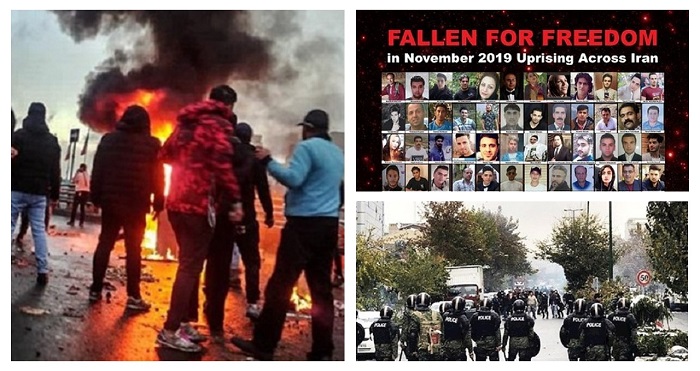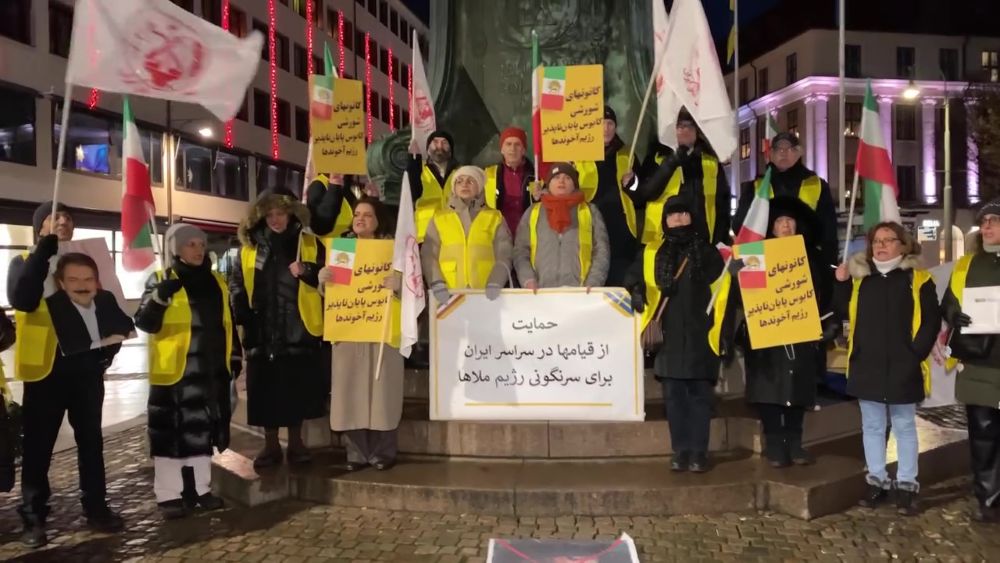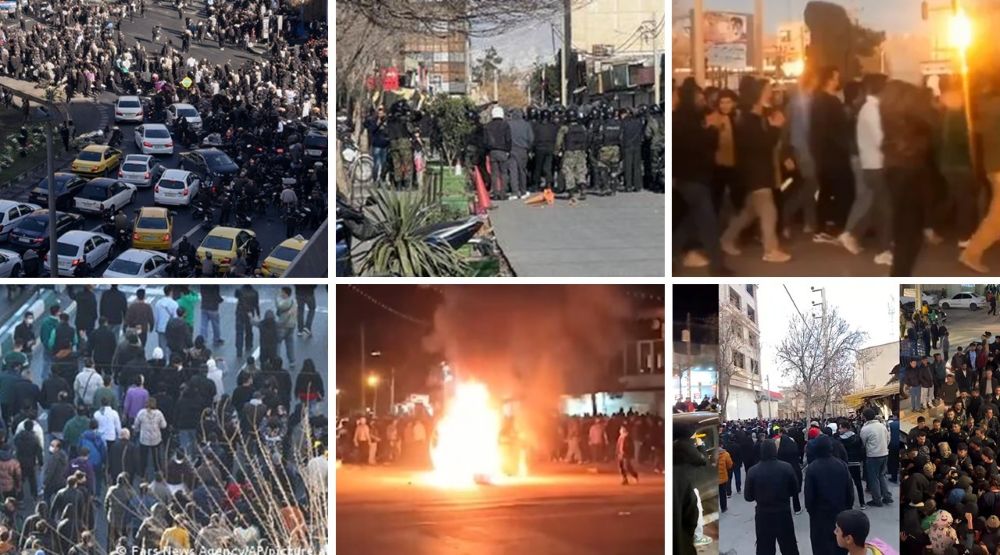
In Iran, many major political events occurred in the fall or began in the fall, Student Day, the start of the nationwide strike in 1978, the beginning of the 2009 uprising, and the nationwide protests in November 2019.
The devastating effect of Political and economic crises once again become visible for people with the reopening of schools in the fall. This is largely due to people entering public interaction after a season of relative general closure news and information about the state of society are transmitted very quickly. Thus, any development could spark uprisings. But whatever it is, the two seasons of autumn and winter, and especially autumn, are accompanied by unexpected and unpredictable events.
At the end of the summer of 2019, security commanders in the Revolutionary Guards (IRGC) and the Ministry of Intelligence (MOIS) reported to the regime’s Supreme Leader Ali Khamenei that there are no threats of an uprising in Iran, particularly in Tehran, the capital.
With the same arguments and intelligence estimates, Khamenei and his regime increased the fuel price. So much so that many experts called it like an atomic bomb explosion. But the rise in gasoline prices and the tripling of consumer goods’ prices exploded the accumulation of popular discontent, marking the most significant uprising in 43 years in five days—an uprising with more than 1,500 martyrs, which became a major turning point in Iran’s modern history.
Now, two years after that turning point, people’s dissatisfaction is incomparable to that year. Inflation, poverty, unemployment, repression, the Covid-19’s high mortality rate due to the regime’s criminal policies, and many other problems have turned Iran’s society into a powder keg.
The question is what would spark this year’s protests and what will be the result for Khamenei, especially since the youth and the people have underlined since November 2019 that “fire is the answer to fire.”



